Since I frequently get questions about this I think it’s time I explained little better what I have in mind with the “Stompbox modes” I had announced.
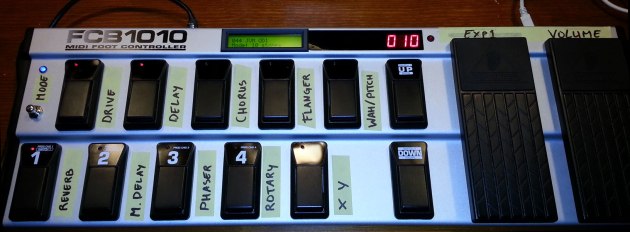
I’ve added (cheap, temporary) stickers to indicate which button controls which effect on the AxeFx
Seeing the image above you can clearly see that I intend to have every button control an effect. This is accomplished by toggling the bypass state of the associated effectblock on the AxeFx, by sending a ControlChange message via MIDI.
The metal button on the left is the ‘Mode Switcher’. With this button I can loop through the various modes described below:
10-stomps mode
That’s the mode you can clearly see in the image above and, like explained, in this mode every button controls an effect. The old bank buttons ‘UP’ and ‘DOWN’ now recall the next or previous preset on the AxeFx. So in this mode you can still move to a nearby preset quite easily without tap-dancing back and forth through the different modes 😉 The X/Y button sets all the effect blocks to either X or Y state. So even this nice feature of the AxeFx lies at your finger… err.. toe tips.
‘Normal’ mode
With one press on the mode selector we loop back to the ‘Normal’ mode. I call this the normal mode because this is how my FCB1010 was originally setup with the old UnO chip. One row stomps, one row preset selectors and BankUp and BankDown selecting banks on the FCB. This is all the same with the exception of the X/Y button. So in this mode you don’t have 5 preset selectors as you would normally have, but 4 and the X/Y toggle. This mode is still nice if you have a couple of different presets you use throughout a song.
Looper mode
Keeping the mode switcher pressed for 2 seconds will move us to the Looper mode, where all the buttons will magically transform into controls for the Looper in the AxeFx. (which at this time is not yet programmed into the FCBInfinity yet, but is really easy to implement). The looper is a nice little feature where you can play and record something you play into the AxeFx and keep looping it, so you can solo over it or add some layers to your song, quite nice.
No constrains
That’s about it on the modes. I just want to stress that this is my setup and I don’t want to force you to use the FCBInfinity like I do. The source code is completely open, you can even modify the PCB if you wish. Should you want three banks of 10 effect stomp buttons, that’s only 5 minutes worth of programming time. Like it says, the FCBInfinity gives you infinite possibilities. It could also control other devices; one stomp-mode could control the AxeFx, another mode could play chords on a keyboard! Have fun, you’re free to do anything! 😛
Current status:
A little bit more on the current progress; as said I still have to implement the looper mode, which should take no longer than 30 minutes now I have all the right software tools at hand. All that remains is adding the tap-tempo button, the tuner button, a reset button on the back of the device for easier programming of the Teensy chip, some finishing touches of the backpanel (usb port for programming). After that it’s all done. Then it’s time to create some permanent labels that have room to show what the button will do in the various modes.
 FCBInfinity GitHub updates
FCBInfinity GitHub updates
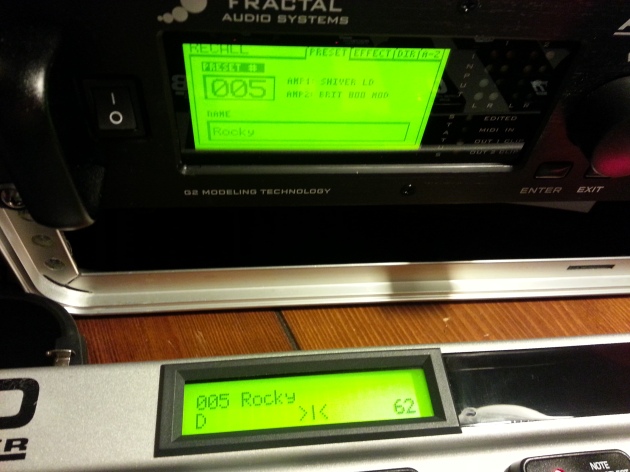
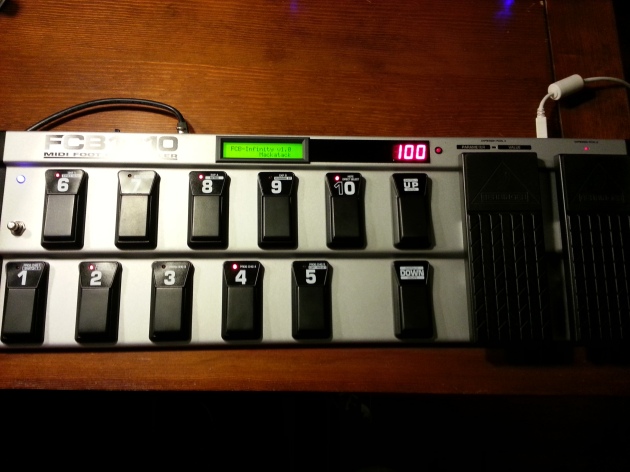
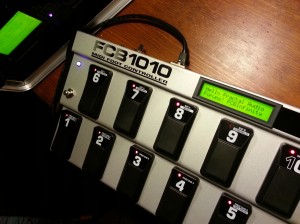
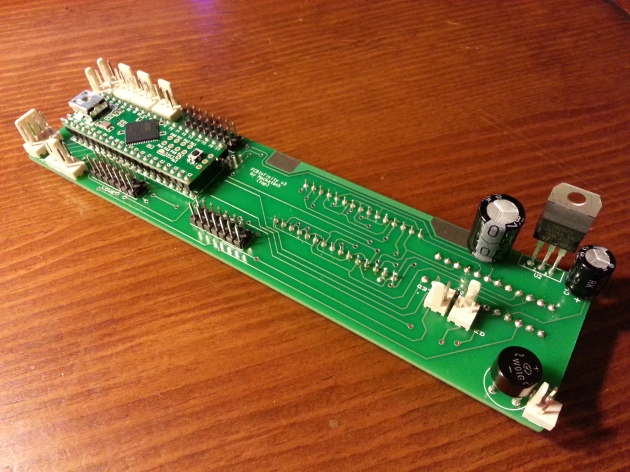

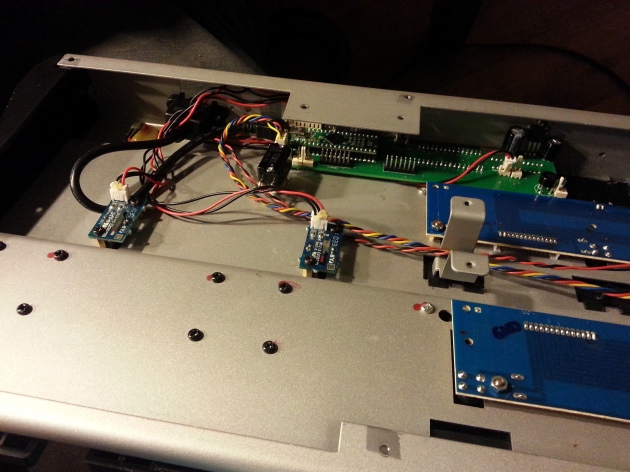
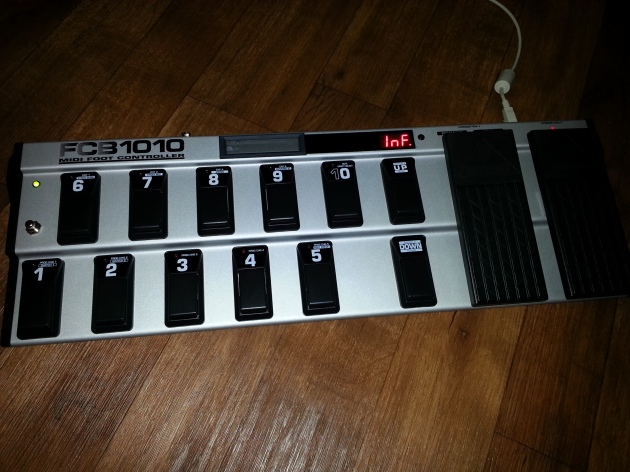

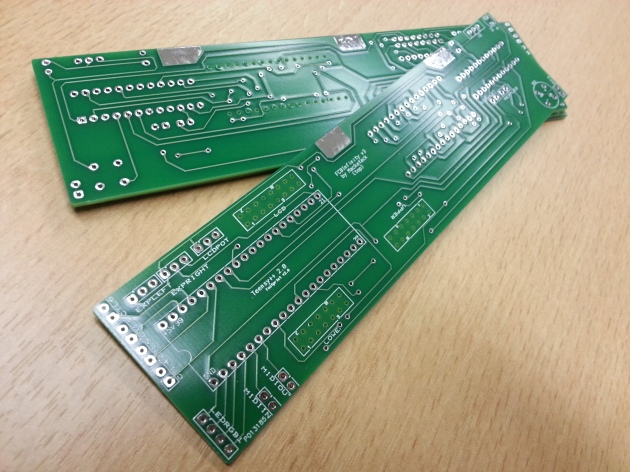
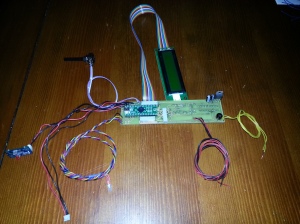
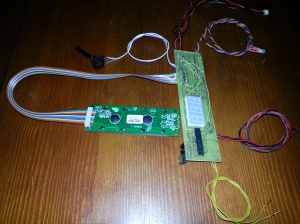
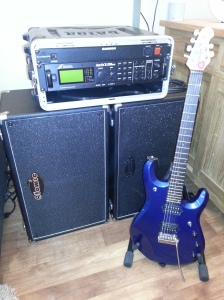
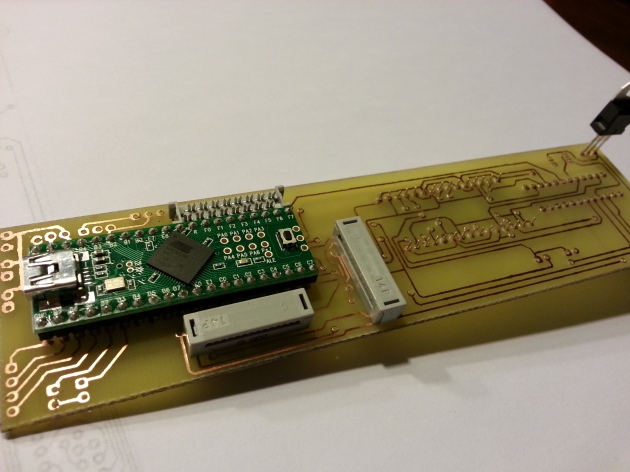
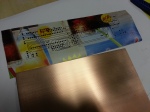
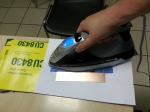
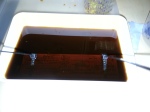
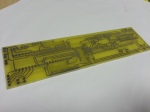
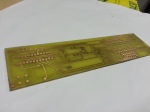
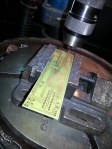
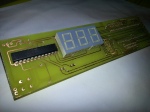
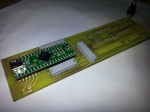
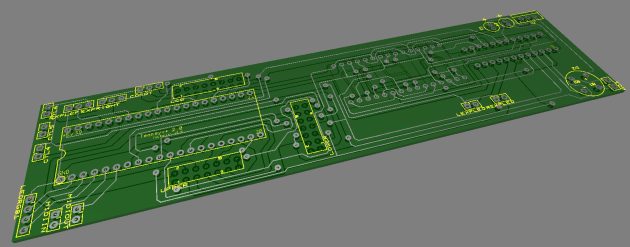
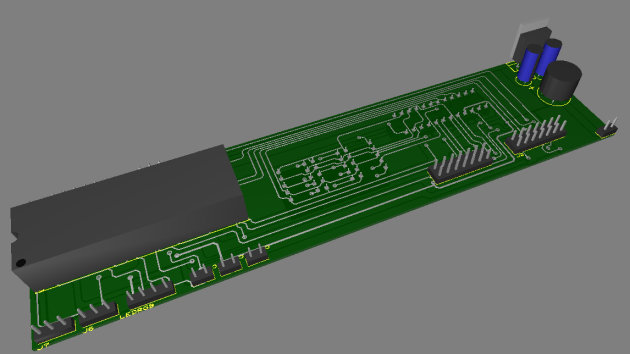
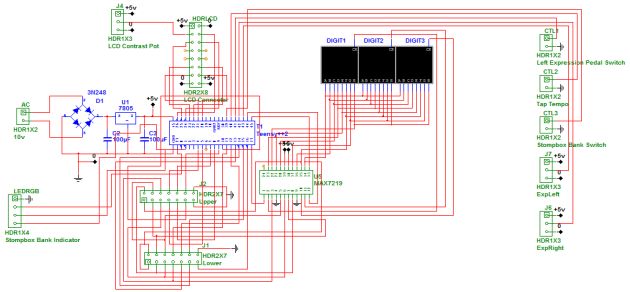
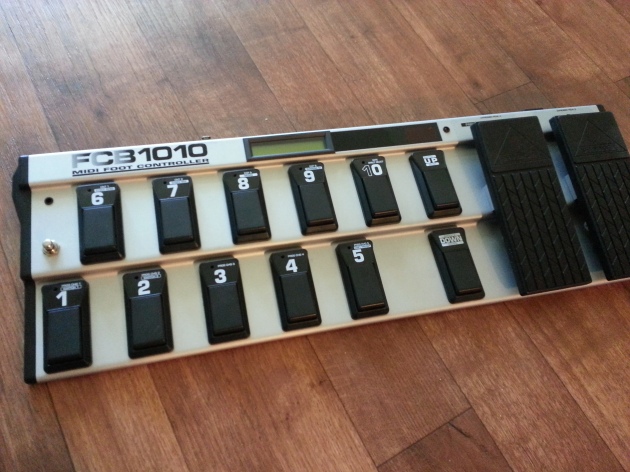

































Recent Comments